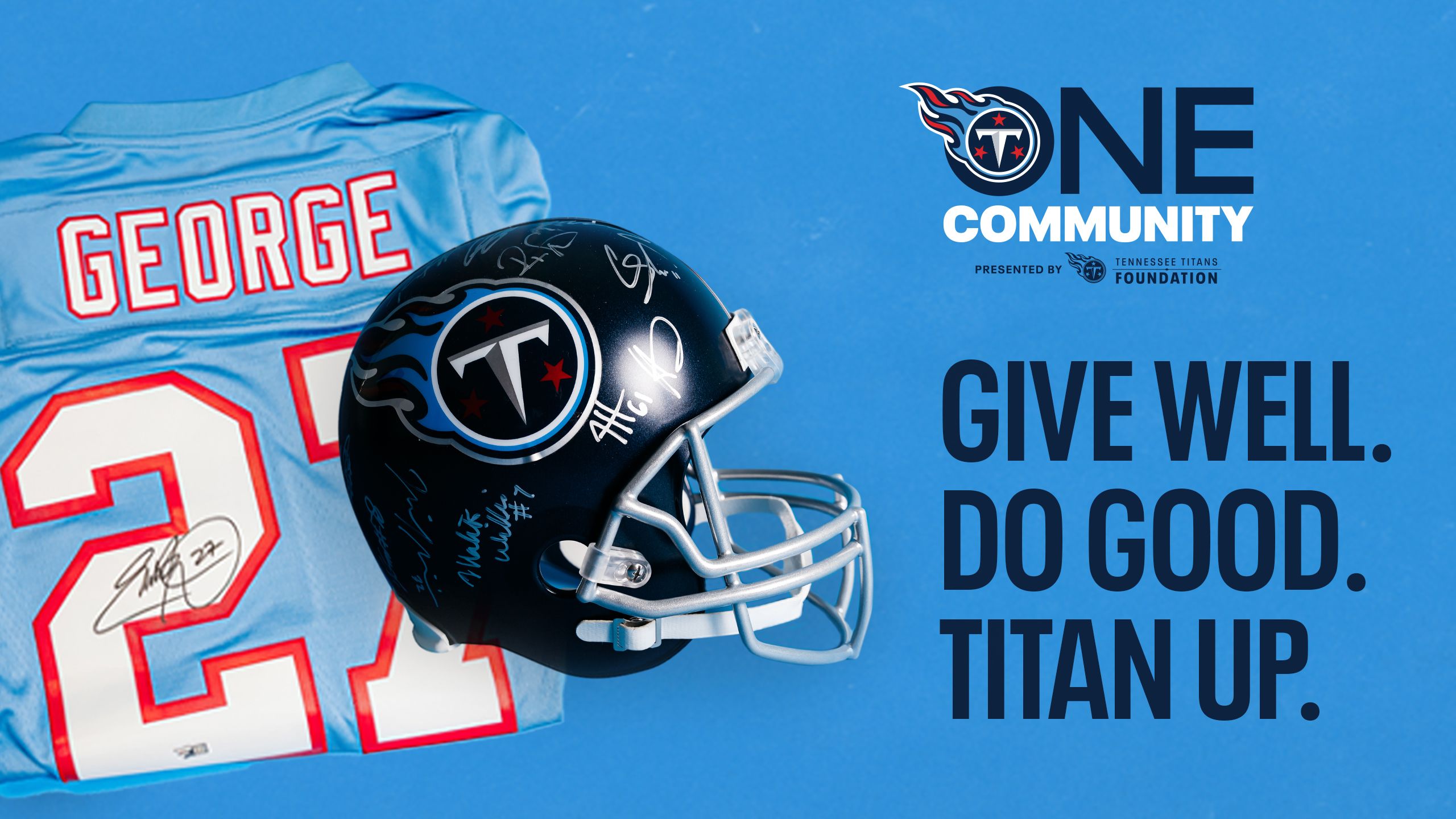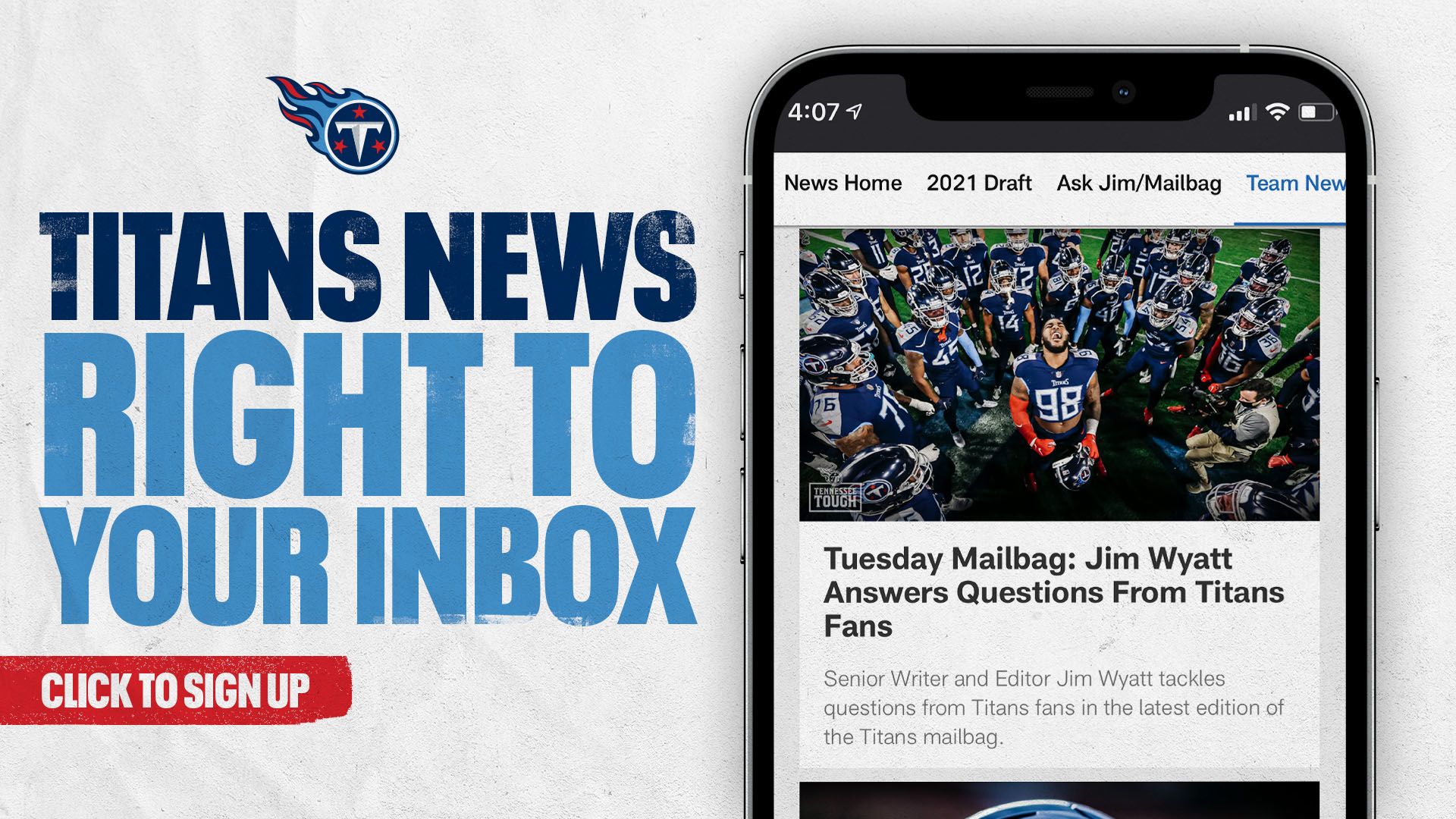NASHVILLE, Tenn. -- For those who remember the American Football League as a place where defenses were invisible, scoreboards needed triple digits and the sun always shone during shootouts, it's time to review those memories.
There were mud bowls in Boston, blizzards in Buffalo and even a blue norther during a championship game. There were quite a few shutouts, and plenty of stinkers that had fans wondering why they journeyed to Balboa Stadium or the Polo Grounds.
Still, there were enough wild and woolly games - and enough new ideas - that the AFL left its mark as a trendsetter.
"I believe that was the beginning of the West Coast offense, what we had in San Diego,'' said Hall of Fame receiver Lance Alworth, whose downfield forays often are associated with the AFL's prolific offenses. "Sid (Gillman) was the inventor of it, he started it all. He had an innovative way of looking at it, and once he put the system together and John (Hadl) learned how to run it, we knew we could score points.
"It was fun to play, it was totally different than anything I had played in college. I loved to catch the football and run with it and this gave me the opportunity to do what I did best and enjoyed the most. ...
"And yet, if you look back at the game books, we threw the ball about one-third as much as they throw it now.''
But they sure were effective. Consider the receivers and quarterbacks from the AFL who are in the Pro Football Hall of Fame: Alworth, Fred Biletnikoff, Don Maynard, Joe Namath, Len Dawson and George Blanda.
And the greats who energized the sport but have not been recognized for Canton enshrinement: John Hadl, Otis Taylor, Jack Kemp, Gino Cappelletti.
The big play offense was a staple in San Diego and Oakland, in Buffalo and, when Namath game along, in New York. Indeed, each of the eight original franchises showed offensive prowess at some period during the AFL's decade of life.
The coaches, such as Gillman in San Diego, Al Davis in Oakland, Hank Stram in Kansas City and Lou Saban with three teams, all contributed to the AFL's creativity.
"Hank was the first coach to start creating a variety of formations,'' Dawson said. "When we were in Kansas City, he called the Tight-I formation, when both receivers were in next to the tackles, and the tight end, who dictated which was the strong side, he was behind the quarterback. And then you had the fullback and tailback. He would create a formation to make the defense move instead of letting them get set.
"We did it against the Bears in a 1967 preseason game a few months after we lost the first Super Bowl. They would have to guess where (the tight end) was going. Whichever direction they went, I would send the tight end the other way. It gave us the advantage, not them.
"So they had their other linebackers running into Dick Butkus in the middle. They didn't know what to do.''
Many college players also didn't know what to do when both the AFL and NFL were recruiting them during the bidding wars that led to the 1966 merger agreement. Some, though, were excited by the brand of ball they heard about or saw in the upstart league.
Bills receiver Ed Rutkowski recalls Kemp diagramming plays in the dirt. Maynard got used to Namath saying "Check with me'' at the line of scrimmage and not calling a play at all in the huddle.
"When Namath came along, we'd get out there with (Pete) Lammons, (George) Sauer and Bake Turner, and work 20-30 minutes on the passing game,'' he said, noting that coach Weeb Ewbank "let us put in some secret plays. He let me implement a lot of things. We were the first team that used routes where the quarterback threw the ball real early in the play.
"We were always on the same page. In eight years, I can only remember one busted play.''
For all the excitement the offenses brought, the AFL had more than its share of brilliant defensive players, from Buck Buchanan to Ernie Ladd to John Robinson to Larry Grantham to Emmitt Thomas to Willie Brown.
In fact, Alworth downplays the notion that the AFL was all about uncontrolled offense and the stats back him up. While the AFL averaged more points per team per game than the NFL did in every year of the '60s except 1965, the difference was always less than a field goal, according to Pro-Football-Reference.com.
"Really, the legacy will always be that we had these wild-scoring, throw-the-ball-all-day-long games,'' Alworth said. "And when you look at the stats, that is not what really happened. In that day and age it was different (than the NFL), but not quite true.
"The Sid Gillman offense is the true legacy to me - look at how many teams use that now. And have for so many years.''

















